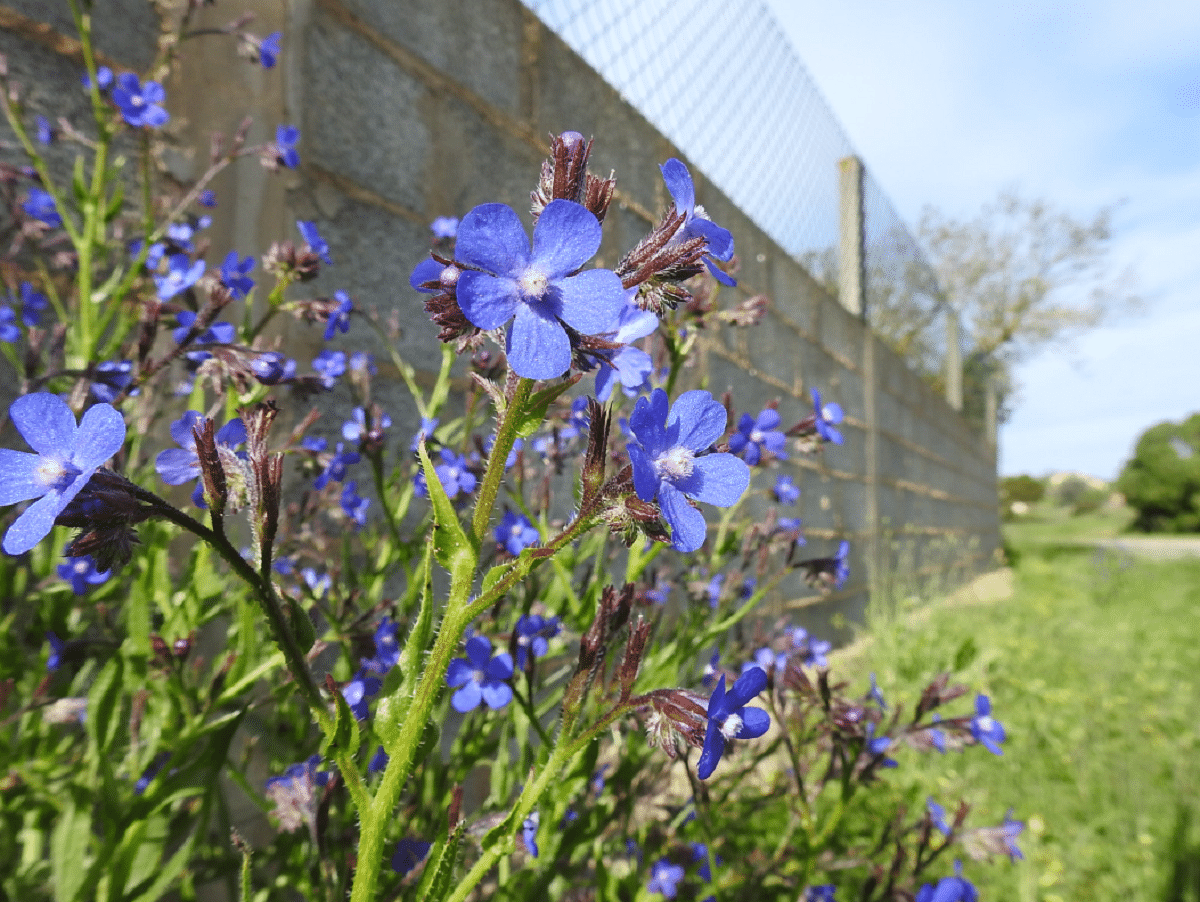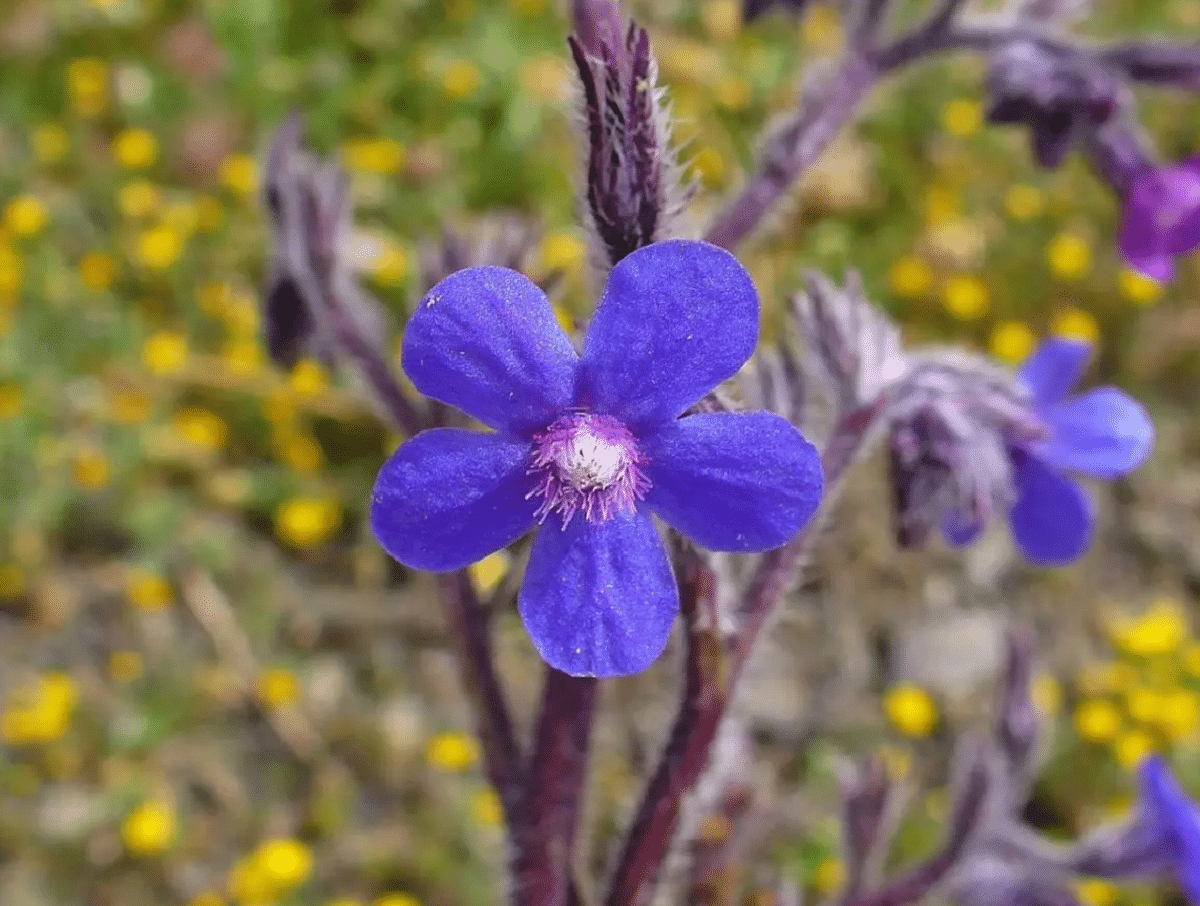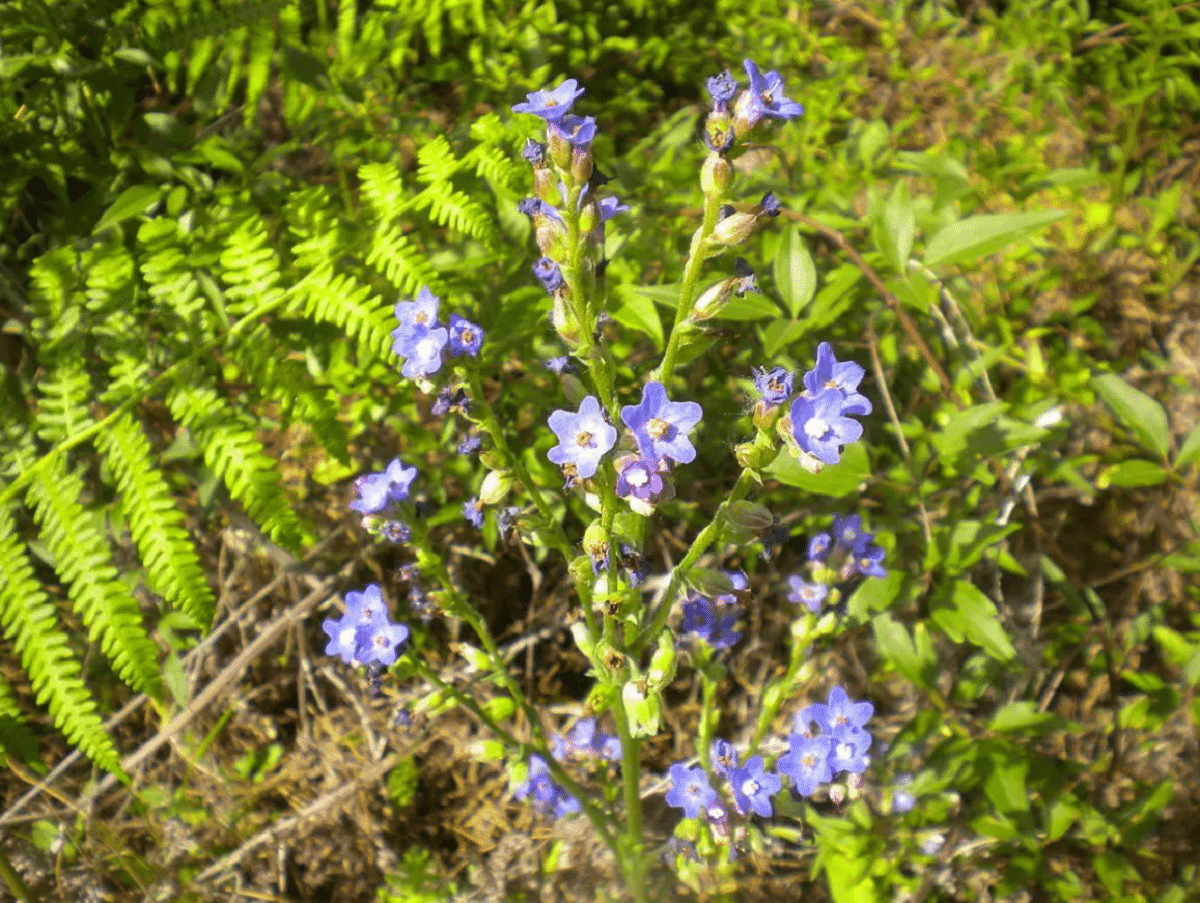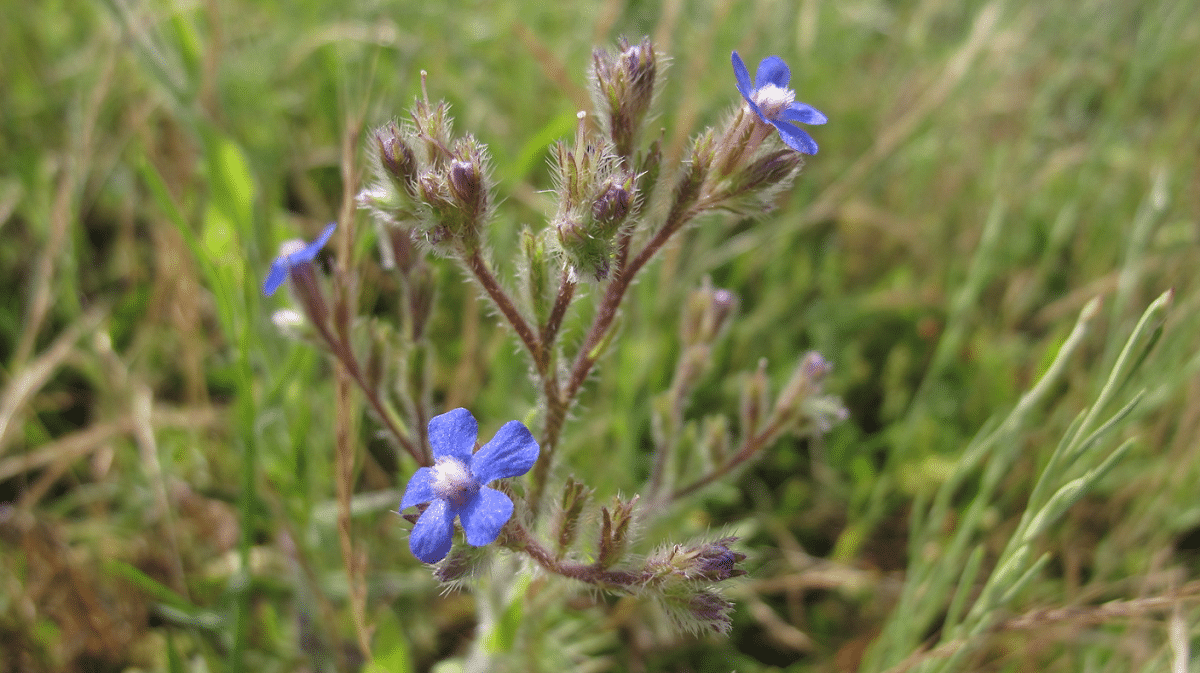
La Azurea width It is a beautiful and beautiful plant whose main attraction is its characteristic purple-blue flowers. Finally today you will know everything about this beautiful species which is just one of the many species that belong to the same family and that includes a great variety of different species.
It is worth mentioning that if you meet the necessary conditions and know how to give it the care that this plant requires (which is low maintenance), you will have in your garden a beautiful plant that when it blooms, will change the whole picture.
General data of the wide azurea

First let's start with the different names that have been given to this beautiful plant, it is known as wide azurea but it is also called cow's tongue or Dromore flower. Although it is also often called Italian Bugloss.
This variation as such It has a short duration in terms of its leaves. since it is a perennial type plant. Its flowers usually grow from the end of spring to the middle of summer.
Some of the best known varieties of Anchusa are:
- Anchovy Dropmore
- Anchusa Feltham Pride
- Anchusa Opal
- capensis
- Tussock anchusa
- anchusa angustifolia
- Anchusa Loddon Realistic
This for what get an idea of the variety of plants of this style that exist and that you can have in your garden. It should be mentioned that the plant can grow very easily in places such as roadsides with little or poor maintenance, in places where water drainage is good and areas where the soil is humid.
Thus, we can say with all certainty that the plant requires a very basic substrate and it is naturalized throughout northern Europe. Similarly, it can be found in West Asia, and North Africa.
Features

There is a lot of information to highlight about this simple but beautiful plant. So we will do it in a simple way to understand and that you can remember the vast majority of its main characteristics.
Cultural conditions
The plant requires full sun, which is why it is usually found abundantly at the edges of the roads. As minimum, should receive 6 hours of light aloner, although this does not limit it to grow in semi-shady places.
Once you plan to grow this plant, you have to know that the space that the plant needs anchusa is 30 centimeters and 90 centimeters apart from each other. As for the place where it can be cultivated, they can be coastal, mountainous or Piedmont-type areas.
Leaves
Its leaves have the typical green color of the rest, only that in this case, it is alternately arranged and has an elliptical or linear shape. The shape of the leaf will depend on the position it has in the different branches of the plant.
It should be mentioned that the length of the blade is not something standard since its size can vary between 7 and 15 centimeters. An interesting fact is that its leaves have a texture as if it had a simple coat, so its touch is soft.
Propagation
This point is important to know, since it will allow you to multiply the plant properly. You have to know that you have three methods of propagation of the Anchusa azurea. You can do it by division, by its seeds or by cutting the root.
Flowers
As is known, the color of the flowers of this species is blue with a certain purple hue. You already know the flowering season, What you don't know is that the size of the flowers are not larger than 3 centimeters.
Flower development begins with a pinkish bud that later becomes a flower with 5 blue petals.
Farming
As mentioned above, you have to have it under direct sun and in a place where the drainage is too good. It happens that the vast majority usually believe that the plant does not require high care and the roots are the first part to die due to the amount of water or humidity that is provided to the plant.
You have to know that you can have a certain level of humidity, but not so high since its roots begin to have a low level of rigidity and the decomposition process accelerates little by little.
The treatment that is usually given to this plant is very similar to the species known as "ear lamb" or also that of lavender. Of course they have many similarities when it comes to irrigation and hydration.
Keep in mind that it is not easy at all to cultivate the wide azurea. In fact, experienced gardeners have reported problems growing this plant, since it requires a soil with a pH level between 5.5 and 7.0.
The good thing about this plant is that despite its reputation, you can have it both indoors and outdoors. In case you want to have it inside your home, keep in mind that its flowering will not be as abundant as in the case that if it were under direct sun. However, it is possible for it to flourish.
To sow it, you have to do it right when the last frost is over and since it is a perennial type plant, you have to do it during the fall. Now, if your growing method is through its roots, you have to dig a somewhat deep hole so that they can have enough space, grow and settle properly.

When you have the roots ready to transplant, you have to have a hole whose depth is around 5 cm. In this way you will give the plant the ability to grow on its own and without complications, and this depth is adequate for it to obtain the corresponding nutrition and hydration.
Now, if your intention is not to grow it in a pot and you want to have it directly in the ground, all you have to do is take a ruler or any measuring tool and dig several holes with a separation of 25 to 57 centimeters from each otherí.
It will only take about 8 weeks for the seeds to start germinating. An important fact that you should know when growing anchusa using seeds, is that you should preferably do it in a pot. Once it has germinated, pass them to the place where you want to plant it, making sure that all this process is done once the last frost has finished.
The truth is that you have to be very aware of the amount of water, the humidity of the earth and the temperature of the environment. These are all simple factors but they can contribute to the plant dying. These are aspects that will seem simple but due to poor care and maintenance, this species does not usually last long in gardens and orchards.